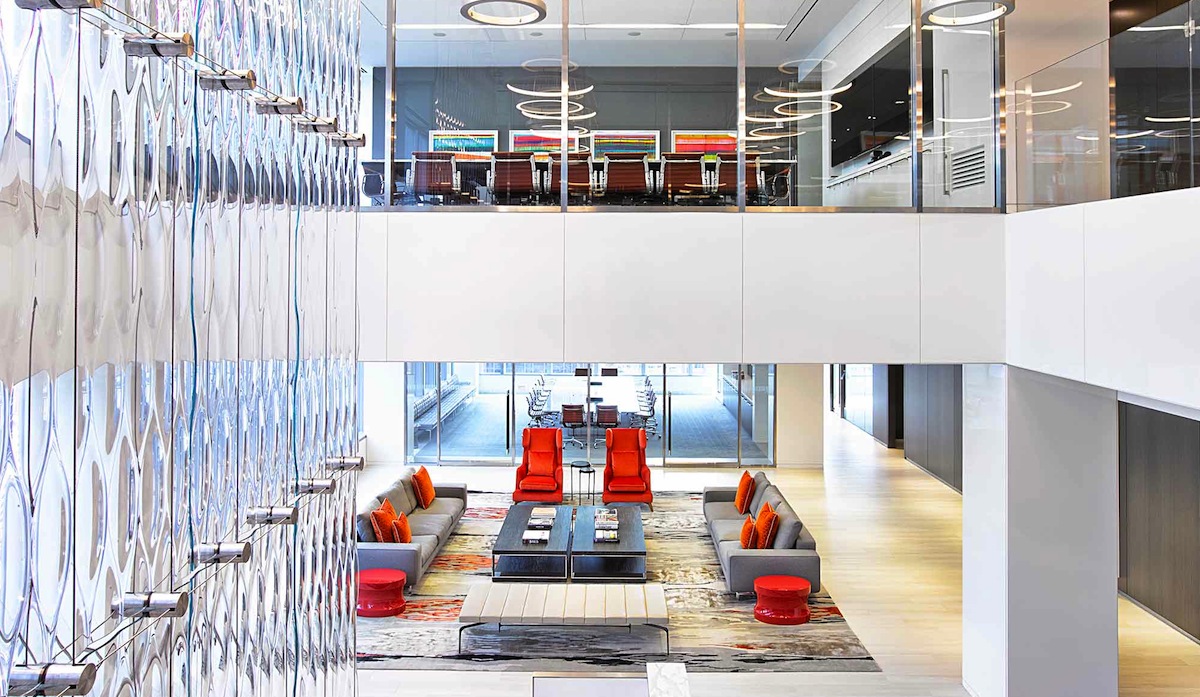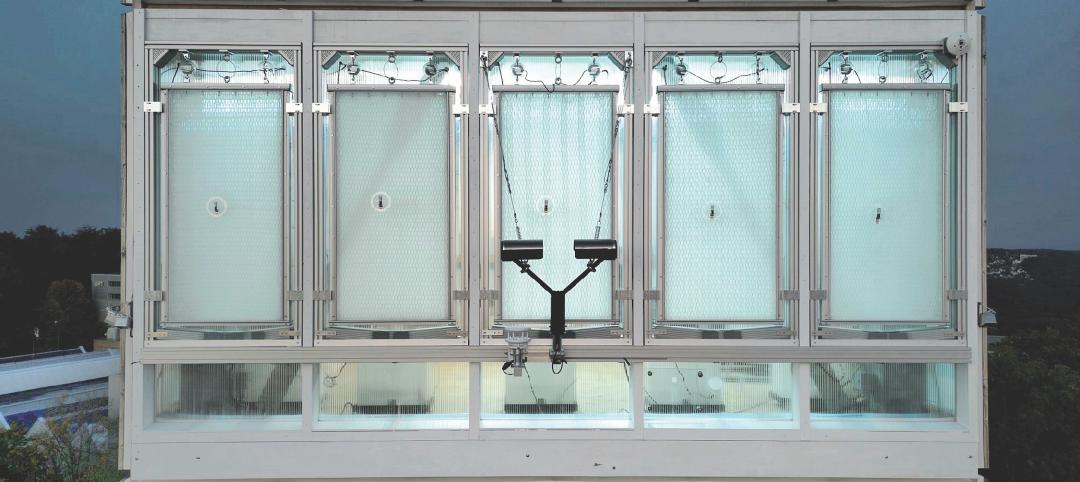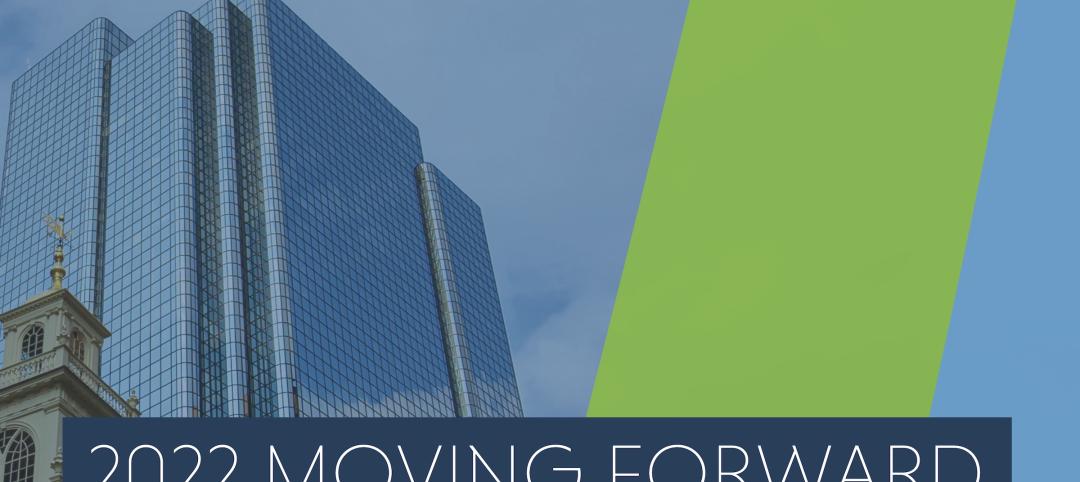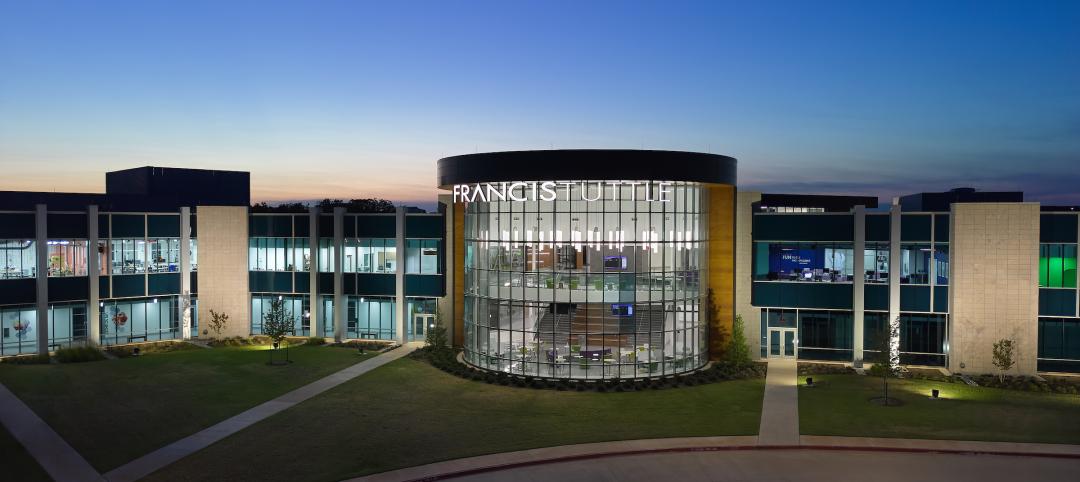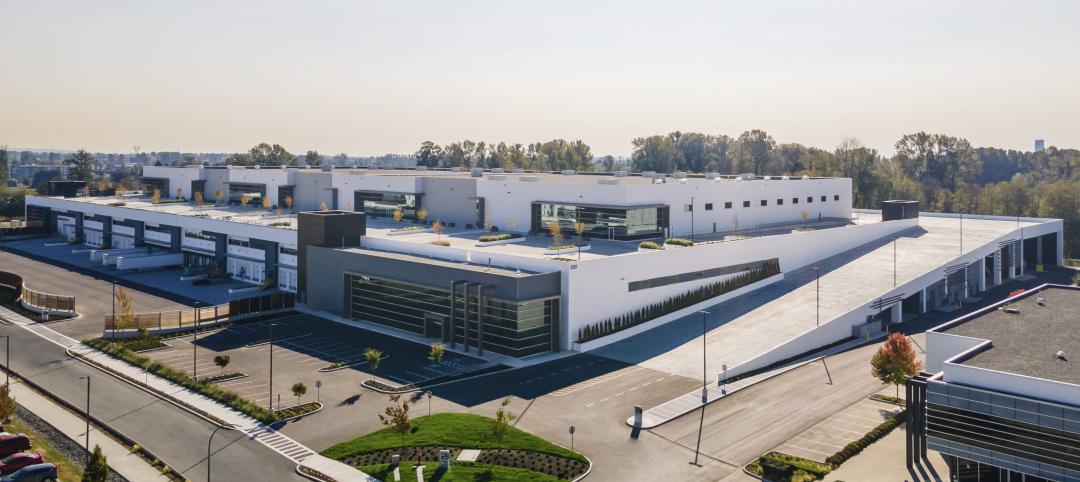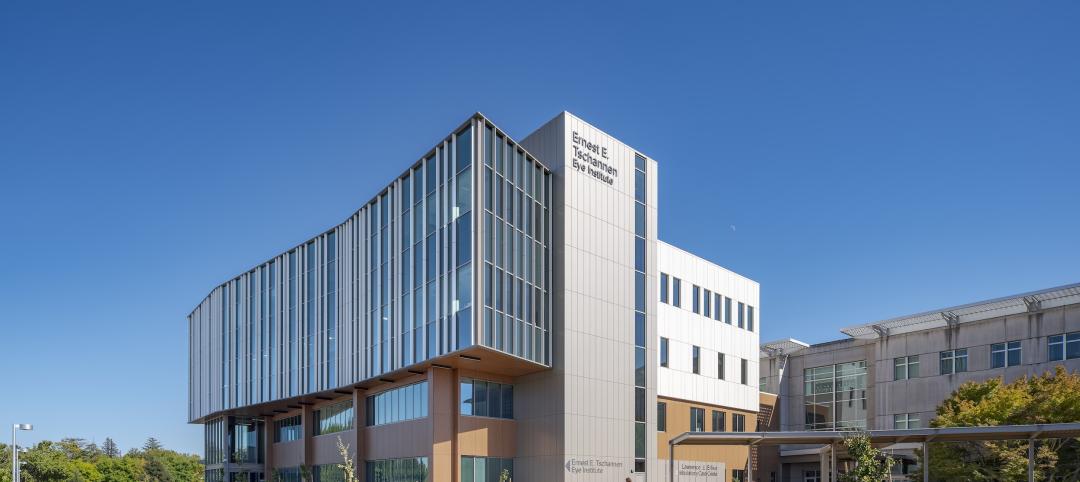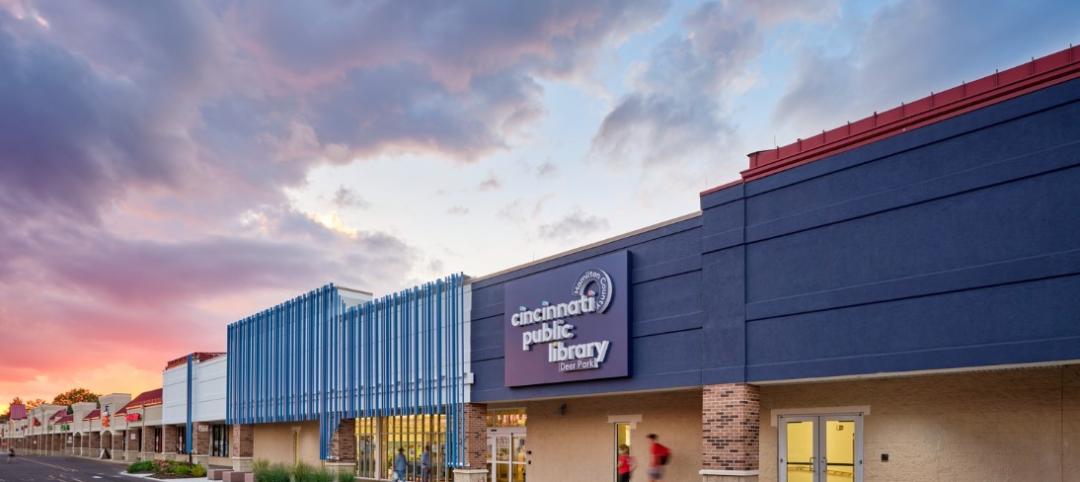This year marks Gensler’s 50th anniversary. As it looks toward the future, the planet’s largest architectural design firm sees a world “on the cusp of breakthroughs made possible by innovation, urbanization, and global connectivity,” write co-CEOs David Gensler and Andy Cohen, FAIA, IIDA; and Diane Hoskins, FAIA, in Gensler’s just-released Design Forecast 2015.
Some of the topics Gensler addresses in its 73-page forecast—such as the role of design in increasingly citified environments, where generational demarcations are not always clear and where technological advances proceed unabated—might sound familiar to anyone who’s been keeping up with current events within the nonresidential construction universe.
However, many other AEC firms are probably thinking about how they should respond to the same megatrends that Gensler identifies as shaping design:
• Workplaces are rethinking the nature of work itself as social media and business networks mesh.
• As more people move into cities, innovation will be the key to pragmatic and affordable approaches to planning.
• If technology is raising the stakes on just about everything, where does the human dimension come in?
• In tackling problems revolving around infrastructure resilience, societies are leaning toward holistic solutions, active management, and stewardship.
• As density becomes the abiding development strategy, developers and owners are attracting the best tenants with rich amenities and transit-served destinations.
• Good data and strong analytics are crucial for keeping up with generational cohorts that are “moving targets.”
Gensler’s Forecast also cites 27 trends that are directly impacting the firm’s three primary practices: Workplace, Community, and Lifestyle. Here’s a sampling:
Commercial office buildings “are less of a stand-alone real estate product and more a part of mixed use.” That use, more often than not, is a combination that goes beyond towers to provide “different scales, and … promote[s] the kind of informal interaction that generates higher retail traffic and evening and weekend activity.”
An organizational imperative for an energy sector that must stay flexible and adaptable in a volatile world “is to align: one brand, mission, purpose, and workforce.”
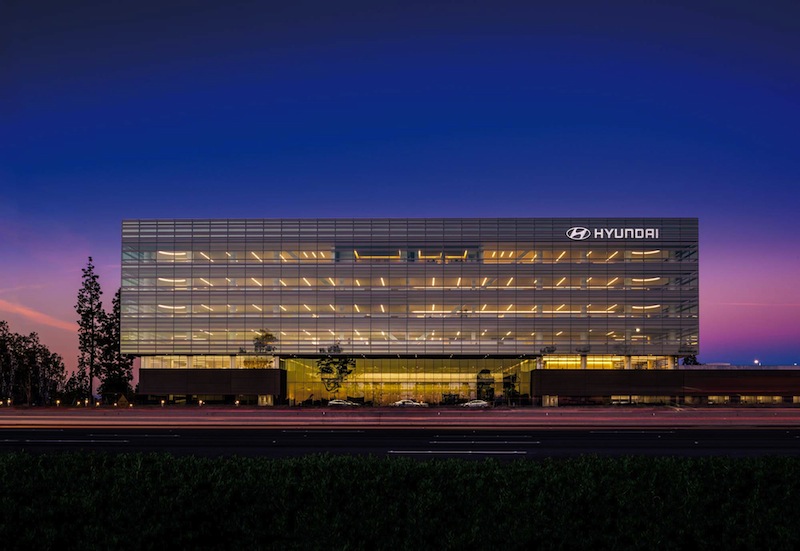 Corporate campuses are shedding their stodgy image as disconnected, disparate buildings. By consolidating operations “under one roof,” companies maximize interactions, foster collaboration and innovation, and promote a sense of community. Photo: Hyundai Motor America, Fountain Valley, Calif. / courtesy Gensler
Corporate campuses are shedding their stodgy image as disconnected, disparate buildings. By consolidating operations “under one roof,” companies maximize interactions, foster collaboration and innovation, and promote a sense of community. Photo: Hyundai Motor America, Fountain Valley, Calif. / courtesy Gensler
Technology “disrupts, so tech companies are questioning how buildings work. That means rethinking their performance and exploring innovations like untethered power.”
A burgeoning media sector, despite its equipment-heavy context, is still a creative industry that favors workspaces that are “open, amenity-filled, flexible in relation to new technologies, and capable of being scaled up fast for growth.”
Mass customization will drive product design, as large cities serve as micro-markets for products and innovation hubs that influence broader consumer tastes.
Life sciences companies are replacing traditional labs with technically complex workplaces that support the latest scientific advances, and allow researchers to form interdisciplinary teams for collaboration.
Next-generation aircraft provides a growth opportunity for large, non-hub airports to offer direct international service, city to city, bypassing existing gateway hubs. Global mega-hubs will grow and evolve as leisure destinations with more space dedicated to retail and dining. “Primed by smart devices, the passenger experience will take cues from retail centers and hotels.”
Consolidation, demographic shifts, and new competition are causing “massive” changes in the healthcare sector. Consumers want more choices. Work-based wellness is entering into the healthcare space. And the rise in specialty care centers reflects the movement toward personalized medicine that integrates clinical innovations with tailored care delivery.
What’s differentiating retail centers in an age of online shopping is their engagement with customers and communities. “As retailers’ real and digital worlds converge, the browse/buy function is evolving.” And word of mouth, so important to sales, “is part of the smartphone data that give retailers the bigger picture.”
In a digital era, when an experience that can’t be shared in real time “didn’t happen,” the goal of entertainment projects needs to be to connect with audiences before, during and after the event “so people are engaged and the ROI is higher.”
The hospitality sector is working overtime to be informal and welcoming, by integrating local culture and letting the larger community in whenever they can.
Countries in the Middle East and Asia are competing for which can build the tallest building. But the success of these “vertical cities” will ultimately be measured “by how well they attract and support tenants, and how well they fit with and enliven the city at their feet.”
Gensler foresees tomorrow’s mixed-use towers as anchors for diverse, walkable and transit-served districts.
Read the Gensler’s Design Forecast 2015.
Related Stories
Cladding and Facade Systems | Apr 5, 2023
Façade innovation: University of Stuttgart tests a ‘saturated building skin’ for lessening heat islands
HydroSKIN is a façade made with textiles that stores rainwater and uses it later to cool hot building exteriors. The façade innovation consists of an external, multilayered 3D textile that acts as a water collector and evaporator.
Market Data | Apr 4, 2023
Nonresidential construction spending up 0.4% in February 2023
National nonresidential construction spending increased 0.4% in February, according to an Associated Builders and Contractors analysis of data published by the U.S. Census Bureau. On a seasonally adjusted annualized basis, nonresidential spending totaled $982.2 billion for the month, up 16.8% from the previous year.
Sustainability | Apr 4, 2023
ASHRAE releases Building Performance Standards Guide
Building Performance Standards (BPS): A Technical Resource Guide was created to provide a technical basis for policymakers, building owners, practitioners and other stakeholders interested in developing and implementing a BPS policy. The publication is the first in a series of seven guidebooks by ASHRAE on building decarbonization.
Sustainability | Apr 4, 2023
NIBS report: Decarbonizing the U.S. building sector will require massive, coordinated effort
Decarbonizing the building sector will require a massive, strategic, and coordinated effort by the public and private sectors, according to a report by the National Institute of Building Sciences (NIBS).
Education Facilities | Apr 3, 2023
Oklahoma’s Francis Tuttle Technology Center opens academic center for affordable education and training
Oklahoma’s Francis Tuttle Technology Center, which provides career-specific training to adults and high school students, has completed its Francis Tuttle Danforth Campus—a two-story, 155,000-sf academic building. The project aims to fill the growing community’s rising demand for affordable education and training.
Sports and Recreational Facilities | Mar 30, 2023
New University of St. Thomas sports arena will support school's move to Division I athletics
The University of St. Thomas in Saint Paul, Minn., last year became the first Division III institution in the modern NCAA to transition directly to Division I. Plans for a new multipurpose sports arena on campus will support that move.
Warehouses | Mar 29, 2023
Construction completed on Canada’s first multi-story distribution center
Construction was recently completed on Canada’s first major multi-story industrial project, a distribution center in Burnaby, British Columbia. The project provides infrastructure for last-mile delivery in a world where consumers have come to expect next-day and same-day delivery, according to Ware Malcomb, the project's architect of record.
AEC Innovators | Mar 27, 2023
Leading architecture, engineering firm HED appoints new co-CEOs
As children of immigrant families, Van Herle and Suarez will bring a diverse perspective into a historically underrepresented industry and advance the firm’s mission of creating a positive impact for clients, communities, and the world.
Healthcare Facilities | Mar 26, 2023
UC Davis Health opens new eye institute building for eye care, research, and training
UC Davis Health recently marked the opening of the new Ernest E. Tschannen Eye Institute Building and the expansion of the Ambulatory Care Center (ACC). Located in Sacramento, Calif., the Eye Center provides eye care, vision research, and training for specialists and investigators. With the new building, the Eye Center’s vision scientists can increase capacity for clinical trials by 50%.
Libraries | Mar 26, 2023
An abandoned T.J. Maxx is transformed into a new public library in Cincinnati
What was once an abandoned T.J. Maxx store in a shopping center is now a vibrant, inviting public library. The Cincinnati & Hamilton County Public Library (CHPL) has transformed the ghost store into the new Deer Park Library, designed by GBBN.


